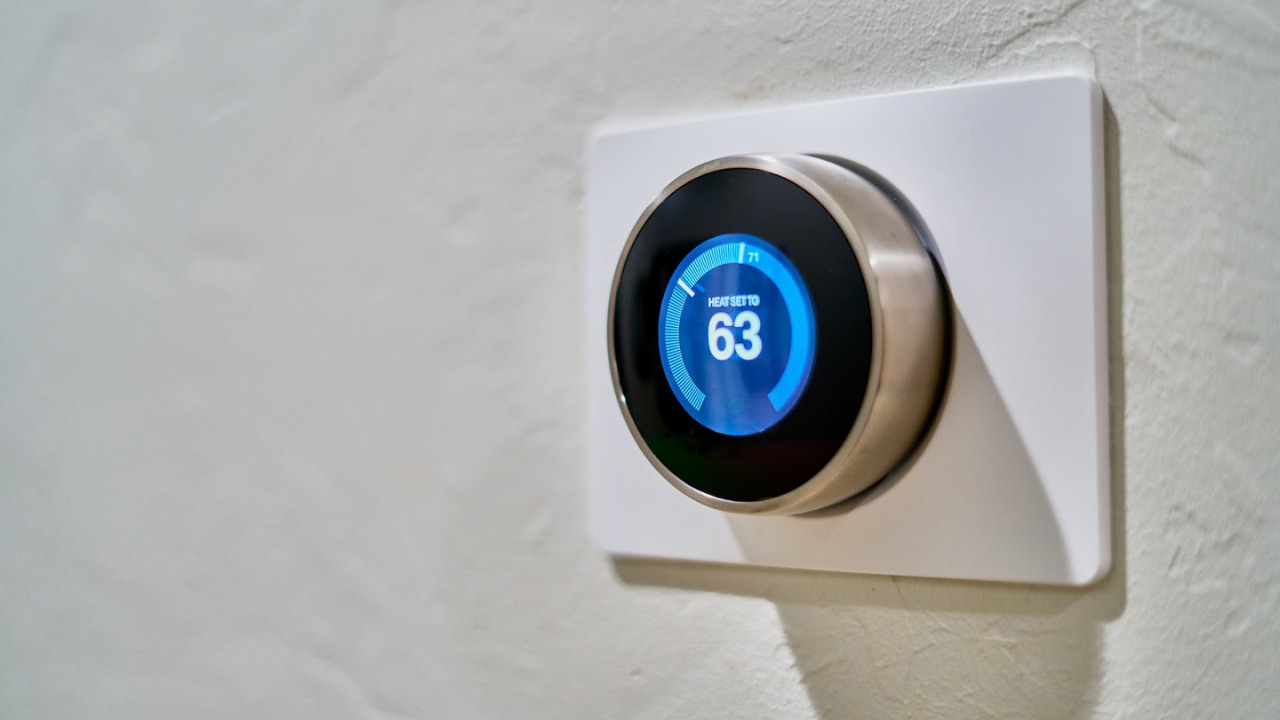Setting up a smart thermostat can transform the way you heat and cool your home. Not only does it offer more precise temperature control, but it can also lead to energy savings, and more. If you’re wondering how to get started, you’re in the right place. By the end of this guide, you’ll be well on your way to optimizing your home’s climate and comfort.
Table of Contents
Unpacking Your New Gadget
- Safety first: Before you begin to set up your thermostat, switch off the power to your heating and cooling system. This will keep you safe and protect the equipment.
- Contents check: Once you’ve opened the box, make sure all parts are present. Typically, you’ll find the thermostat itself, a well plate, some screws, and possibly wire labels.
Understanding Your Current Setup
- Study your existing thermostat: Before removing it, take a photo of your current thermostat’s wiring. This will be invaluable if you need to reference the old setup.
- Identify your wires: Familiarize yourself with the wire types. They’ll usually be color-coded, but always refer to your manual or online resources for confirmation.
Ready to Install
- Removing the old: Carefully detach your old thermostat, but ensure the wires don’t fall back into the wall. If they seem to be slipping, use a piece of tape to secure them temporarily.
- Mounting the wall plate: Align the new wall plate, ensuring it’s level, and mark where the screws will go. Drill holes if necessary and secure the plate with screws.
- Connecting wires: Attach the wires to their respective terminals on the new thermostat. If you are unsure about a wire’s purpose, refer to the photo you took earlier or the user manual.
- Securing the thermostat: Once all wires are connected, gently push them into the wall. Attach your smart thermostat to its wall plate.
Power Up and Configure
- Restore power: Switch on the power to your heating and cooling system.
- Initial setup: Your smart thermostat will likely guide you through an initial setup. This will include choosing your preferred temperature settings and perhaps connecting to Wi-Fi.
- Sync with your smartphone: Many smart thermostats offer companion apps for smartphones. Download the appropriate app, connect your thermostat, and enjoy remote control over your home’s temperature.
Maximizing Energy Savings
- Geofencing features: Some smart thermostats can use your smartphone’s location to determine if you are at home. They will adjust the temperature accordingly, ensuring you’re not heating or cooling an empty house.
- Learning abilities: Over time, certain models learn your habits and preferences, making automatic adjustments that suit your lifestyle.
- Use eco modes: When available, eco modes can help you save energy by making slight adjustments to your desired settings, often without compromising comfort.
Tips for Effective Use
- Scheduling: One of the major perks of a smart thermostat is the ability to schedule temperature changes. Tailor this to your routine to maximize comfort and efficiency.
- Updates: Ensure your thermostat’s firmware is up-to-date. Manufacturers often release updates that optimize performance or introduce new features.
- Energy reports: Take advantage of energy reports if your device offers them. They can provide insights into your consumption patterns, helping you save money in the long run.
Remember, the key to getting the most out of your new device lies in customization. Tweak the settings, understand your usage patterns, and relish in the convenience of your smart home upgrade.





